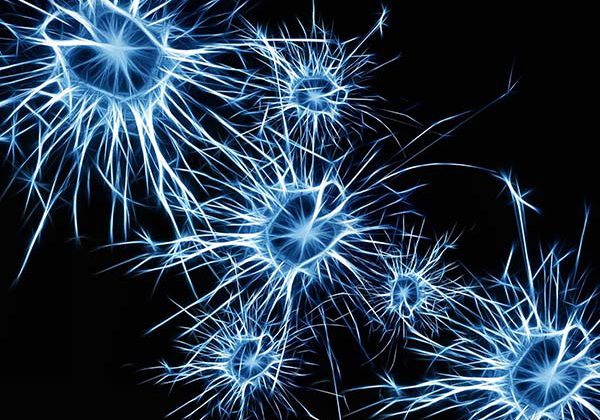Study confirms melatonin helps burn calories and curbs weight gain
Researchers from the University of Granada, University Hospital La Paz (Madrid) and the University of Texas (USA) have identified a new molecular mechanism underlying the anti-obesity effects of the chronic administration of melatonin, a naturally occurring hormone released by the pineal gland overnight. Previous studies conducted by numerous research teams, including the UGR team behind the present study, have already shown that melatonin possesses anti-obesity effects.
 However, although the uses of melatonin for obesity control have already been demonstrated, this new study, recently published in theJournal of Pineal Research,determined the specific molecular mechanism triggered by its chronic administration. In order to conduct the study, a group of diabetic fatty rats were treated with melatonin.
However, although the uses of melatonin for obesity control have already been demonstrated, this new study, recently published in theJournal of Pineal Research,determined the specific molecular mechanism triggered by its chronic administration. In order to conduct the study, a group of diabetic fatty rats were treated with melatonin.
According to Ahmad Agil Abdalla, Full Professor at the Department of Pharmacology of the University of Granada and the main author of the study, the results were rather surprising. Firstly, melatonin increased the brown adipose tissue (BAT) mass of the treated animals (the amount of “good fat” that uses up energy rather than storing it), which in turn reduced dangerous white visceral fat in the abdominal region. Secondly, it also had a positive impact on the thermogenic activity of their bodies and their mitochondrial mass and function. Seeing as thermogenesis is a process during which the body burns calories to produce heat and mitochondria are the organelles involved in this process, the study effectively demonstrates that melatonin does indeed help to curb weight gain.
The study comes at the right time, considering the enormous impact currently exerted by obesity on public health and given that it is responsible for approximately 3 million deaths every year. The countries with the highest obesity rates include the United States, where over 30 per cent of the population is obese, and countries in the Persian Gulf region, where the obesity rate is between 31 and 35 per cent. A gradual but steady rise in obesity is also occurring in Spain, where the rate has now reached 27 per cent of the population.
Factors involved in weight-loss
Previous studies carried out by international research groups, including the UGR team, have already demonstrated the powerful anti-oxidant, anti-inflammatory, and anti-obesity effects of melatonin. With respect to its anti-obesity effects, melatonin tackles excess weight on two levels (targets). On one hand, it browns the white subcutaneous fat and turns it into beige fat, thus creating more tissue that turns fat into energy rather than storing it. On the other hand, it improves the thermogenic capacity of the mitochondria in the existing brown adipose tissue by boosting the levels of the protein UCP1, which puts the calorie burning mechanism into motion.
According to Prof. Agil, melatonin had these effects in rats even when other factors, like diet or the amount of physical exertion, were held equal. In humans, however, he recommends melatonin treatment as a complementary weight loss strategy alongside an energy restricted diet and increased energy output in the form of physical activity. He also adds that we should do exercise in cold environments, as cold temperatures trigger thermogenesis, which in turn increases the calorie expenditure we can achieve.
Building on the results of this study, the researchers are currently conducting clinical trials involving melatonin agonists. The team, led by Prof. Agil as principal investigator, emphasise the need for more public and private funding in this area, and are currently seeking to collaborate with companies interested in helping them to commercialise their findings. The ultimate goal of the team is to explore the potential applications of melatonin for the treatment of human obesity.
Source: University of Granada
Full bibliographic information
Melatonin increases brown adipose tissue mass and function in Zücker diabetic fatty rats: implications for obesity control. Journal of Pineal Research, 2018 May;64(4):e12472. doi: 10.1111/jpi.12472. Epub 2018 Mar 25.




